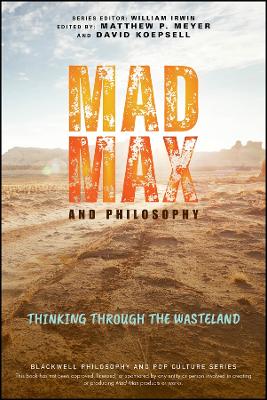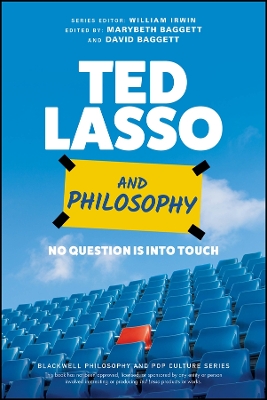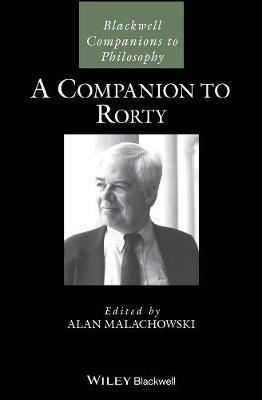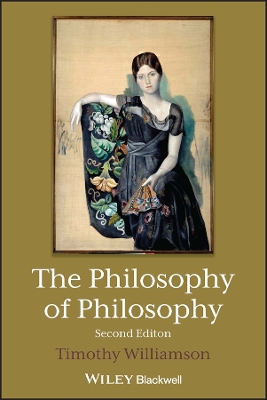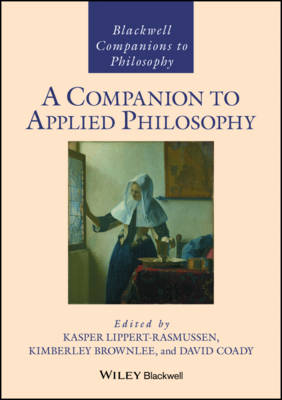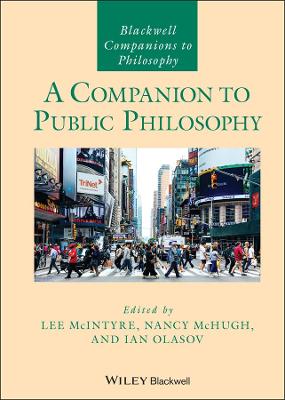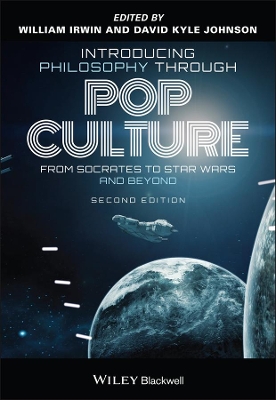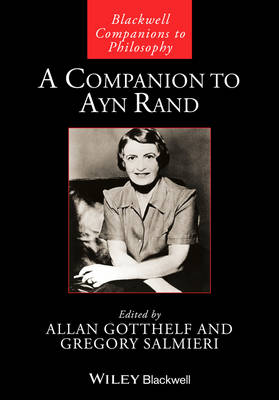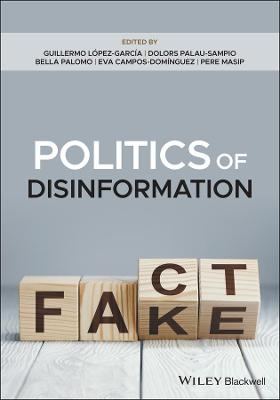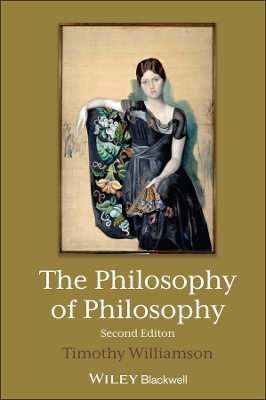Comprehensive Commentary on Kant's Religion Within the Bounds of Bare Reason
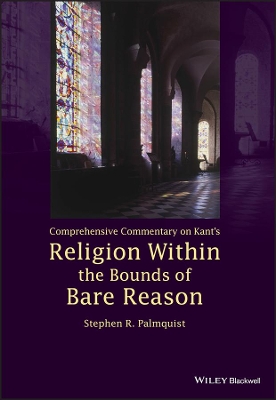 -15%
portes grátis
-15%
portes grátis
Comprehensive Commentary on Kant's Religion Within the Bounds of Bare Reason
Palmquist, Stephen R.
John Wiley and Sons Ltd
07/2021
640
Mole
Inglês
9781119090236
15 a 20 dias
862
Acknowledgments xxiii
Abbreviations xxvi
Introduction: The Hermeneutic Background to Kant's Religion: The Two Prefaces (R 3-14) 1
1. Kant's private beliefs and the writing of Religion 1
2. The 1793 Preface: (A) Religion as the final purpose of morality 7
3. The 1793 Preface: (B) Unifying philosophical and biblical theology 21
4. The 1794 Preface: Two experiments and Kant's responses to critics 31
Part I: Human Nature's Transcendental Problem: Evil and the Boundary of Goodness (First Piece) 41
1 The Original Goodness of Human Nature: Introduction, Comment, and Section I (R 19-28) 43
1. Untitled introduction: Is humanity good or evil by nature? 43
2. Comment: (A) Why moral neutrality is impossible 51
3. Comment: (B) Could humans be partly good and partly evil? 59
4. Section I: Human nature's original predisposition is good 63
2 The Propensity to Evil in Human Nature: Sections II and III (R 28-39) 72
1. Section II: (A) Three sources of moral evil 72
2. Section II: (B) Defining evil as a perversion of moral reasoning 78
3. Section III: (A) Empirical evil and its origin on the boundary 83
4. Section III: (B) The need for (and form of) an a priori proof 92
3 Evil's Rational Origin and the Hope for Recovery: Sections IV and V (R 39-52) 106
1. Section IV: (A) Transcendental versus empirical origins 106
2. Section IV: (B) Assessing the Bible's account of evil's origin 112
3. Section V: (A) Divine aid and conversion's possibility 120
4. Section V: (B) God's role in transforming moral character 133
Appendix I: Experiencing the Effects of Grace against Evil: The First General Comment (R 52-3) 144
Part II: The Individual's Logical Struggle: The Power of Belief in Divine Aid (Second Piece) 151
4 The Personified Idea of the Good Principle: Introduction and Section One, Subsections A and B (R 57-66) 153
1. Untitled introduction: How to distinguish evil from good 153
2. Section One, A: The archetype of perfection as a divine gift 161
3. Section One, B: (A) Becoming exemplary via practical faith 166
4. Section One, B: (B) An archetypal person's twofold nature 169
5 Legitimizing Hope in Divine Grace: Section One, Subsection C (R 66-78) 179
1. First difficulty: How can imperfect beings become holy? 179
2. Second difficulty: Can we be certain of our eternal destiny? 183
3. Third difficulty: How can God punish pre?]conversion evil? 195
4. Overview: Grace as the basis for a legal claim to being good 207
6 Biblical Symbols of the Struggle with Evil: Section Two (R 78-84) 215
1. The Genesis narrative on evil's legal claim to dominion 215
2. Advent of a unique person, free from the propensity to evil 218
3. In what sense does the crucifixion defeat the power of evil? 223
4. The narrative's rational meaning 227
Appendix II: Experiencing Miracles as Self?]Negating: The Second General Comment (R 84-9) 233
Part III: The Community's Empirical Victory: The Church as Historical Vehicle for Good (Third Piece) 249
7 The Founding of a True Church: Introduction and Division One, Sections I-V (R 93-109) 251
1. Untitled introduction: Hope for victory in struggling with evil 251
2. Division One, Sections I-III: Founding the ethical community 255
i. Sections I and II: The duty to leave the state of nature 255
ii. Section III: An ethical community requires God 263
3. Division One, Sections IV-V: Establishing a true church 267
i. Section IV: The four requirements for church organization 267
ii. Section V: Every true church begins as a revelation faith 273
4. Untitled comments: Different faiths can express one religion 283
8 Interpreting Religious Ideas in a Church: Division One, Sections VI-VII (R 109-24) 288
1. Division One, Section VI: (A) Interpretations must be moral 288
2. Division One, Section VI: (B) Nonmoral Interpretive Methods 294
i. Scriptural scholarship is secondary to the moral method 294
ii. Feeling as a common but unreliable third method 300
3. Division One, Section VII: (A) Interpreting faith as a vehicle 303
i. The "remarkable antinomy" of sanctifying faith 303
ii. Perspectival solution to the antinomy of faith 310
4. Division One, Section VII: (B) The coming of God's kingdom 319
9 Gradual Victory of Good in Church History: Division Two (R 125-37) 326
1. Division Two: (A) The unchangeable basis of the true church 326
2. Division Two: (B) Christianity's radical break with Judaism 329
i. The allegedly nonuniversal emphasis of the Jewish faith 329
ii. The universal heart of Jesus' message 333
3. Division Two: (C) The role of scholarship in church history 338
i. The diversion of historical Christianity from its true aim 338
ii. Qualified optimism about the present state of religion 341
4. Division Two: (D) Symbols of the inward kingdom 346
Appendix III: Understanding Mysteries as Moral Symbols in Communities of Faith: The Third General Comment (R 137-47) 355
Part IV: Religion's Hypothetical Application: How to Serve God in a Church (Fourth Piece) 377
10 Natural Christianity Revealed: Introductions and Part One, Section One (R 151-63) 379
1. Untitled introduction: True and false service of God 379
2. Part One, Introduction: Approaches to interpreting religion 384
3. Part One, Section One: (A) The moral core of Jesus' teachings 395
4. Part One, Section One: (B) Jesus' teachings on the afterlife 404
11 Learning Statutory Religion without Delusion: Part One, Section Two, and Part Two ??1-2 (R 163-75) 409
1. Part One, Section Two: (A) Biblical scholarship as a means 409
2 Part One, Section Two: (B) Christian Judaism as prudential 414
3. Part Two, Introduction and ?1: The origin of religious delusion 420
4. Part Two, ?2: The moral principle opposing religious delusion 427
12 Conscience as the Authentic Guide: Part Two, ??3-4 (R 175-90) 439
1. Part Two, ?3: Appendix: The deception of priestery 439
2. Part Two, ?3: Appendix: Teaching godliness without idolatry 451
3. Part Two, ?4: (A) Conscience as the guide for church teaching 463
4. Part Two, ?4: (B) Avoiding hypocrisy in affirming creeds 469
Appendix IV: Understanding Means of Grace as Indirect Service: The Fourth General Comment (R 190-202) 477
Glossary 501
Works Cited 537
Index 552
Acknowledgments xxiii
Abbreviations xxvi
Introduction: The Hermeneutic Background to Kant's Religion: The Two Prefaces (R 3-14) 1
1. Kant's private beliefs and the writing of Religion 1
2. The 1793 Preface: (A) Religion as the final purpose of morality 7
3. The 1793 Preface: (B) Unifying philosophical and biblical theology 21
4. The 1794 Preface: Two experiments and Kant's responses to critics 31
Part I: Human Nature's Transcendental Problem: Evil and the Boundary of Goodness (First Piece) 41
1 The Original Goodness of Human Nature: Introduction, Comment, and Section I (R 19-28) 43
1. Untitled introduction: Is humanity good or evil by nature? 43
2. Comment: (A) Why moral neutrality is impossible 51
3. Comment: (B) Could humans be partly good and partly evil? 59
4. Section I: Human nature's original predisposition is good 63
2 The Propensity to Evil in Human Nature: Sections II and III (R 28-39) 72
1. Section II: (A) Three sources of moral evil 72
2. Section II: (B) Defining evil as a perversion of moral reasoning 78
3. Section III: (A) Empirical evil and its origin on the boundary 83
4. Section III: (B) The need for (and form of) an a priori proof 92
3 Evil's Rational Origin and the Hope for Recovery: Sections IV and V (R 39-52) 106
1. Section IV: (A) Transcendental versus empirical origins 106
2. Section IV: (B) Assessing the Bible's account of evil's origin 112
3. Section V: (A) Divine aid and conversion's possibility 120
4. Section V: (B) God's role in transforming moral character 133
Appendix I: Experiencing the Effects of Grace against Evil: The First General Comment (R 52-3) 144
Part II: The Individual's Logical Struggle: The Power of Belief in Divine Aid (Second Piece) 151
4 The Personified Idea of the Good Principle: Introduction and Section One, Subsections A and B (R 57-66) 153
1. Untitled introduction: How to distinguish evil from good 153
2. Section One, A: The archetype of perfection as a divine gift 161
3. Section One, B: (A) Becoming exemplary via practical faith 166
4. Section One, B: (B) An archetypal person's twofold nature 169
5 Legitimizing Hope in Divine Grace: Section One, Subsection C (R 66-78) 179
1. First difficulty: How can imperfect beings become holy? 179
2. Second difficulty: Can we be certain of our eternal destiny? 183
3. Third difficulty: How can God punish pre?]conversion evil? 195
4. Overview: Grace as the basis for a legal claim to being good 207
6 Biblical Symbols of the Struggle with Evil: Section Two (R 78-84) 215
1. The Genesis narrative on evil's legal claim to dominion 215
2. Advent of a unique person, free from the propensity to evil 218
3. In what sense does the crucifixion defeat the power of evil? 223
4. The narrative's rational meaning 227
Appendix II: Experiencing Miracles as Self?]Negating: The Second General Comment (R 84-9) 233
Part III: The Community's Empirical Victory: The Church as Historical Vehicle for Good (Third Piece) 249
7 The Founding of a True Church: Introduction and Division One, Sections I-V (R 93-109) 251
1. Untitled introduction: Hope for victory in struggling with evil 251
2. Division One, Sections I-III: Founding the ethical community 255
i. Sections I and II: The duty to leave the state of nature 255
ii. Section III: An ethical community requires God 263
3. Division One, Sections IV-V: Establishing a true church 267
i. Section IV: The four requirements for church organization 267
ii. Section V: Every true church begins as a revelation faith 273
4. Untitled comments: Different faiths can express one religion 283
8 Interpreting Religious Ideas in a Church: Division One, Sections VI-VII (R 109-24) 288
1. Division One, Section VI: (A) Interpretations must be moral 288
2. Division One, Section VI: (B) Nonmoral Interpretive Methods 294
i. Scriptural scholarship is secondary to the moral method 294
ii. Feeling as a common but unreliable third method 300
3. Division One, Section VII: (A) Interpreting faith as a vehicle 303
i. The "remarkable antinomy" of sanctifying faith 303
ii. Perspectival solution to the antinomy of faith 310
4. Division One, Section VII: (B) The coming of God's kingdom 319
9 Gradual Victory of Good in Church History: Division Two (R 125-37) 326
1. Division Two: (A) The unchangeable basis of the true church 326
2. Division Two: (B) Christianity's radical break with Judaism 329
i. The allegedly nonuniversal emphasis of the Jewish faith 329
ii. The universal heart of Jesus' message 333
3. Division Two: (C) The role of scholarship in church history 338
i. The diversion of historical Christianity from its true aim 338
ii. Qualified optimism about the present state of religion 341
4. Division Two: (D) Symbols of the inward kingdom 346
Appendix III: Understanding Mysteries as Moral Symbols in Communities of Faith: The Third General Comment (R 137-47) 355
Part IV: Religion's Hypothetical Application: How to Serve God in a Church (Fourth Piece) 377
10 Natural Christianity Revealed: Introductions and Part One, Section One (R 151-63) 379
1. Untitled introduction: True and false service of God 379
2. Part One, Introduction: Approaches to interpreting religion 384
3. Part One, Section One: (A) The moral core of Jesus' teachings 395
4. Part One, Section One: (B) Jesus' teachings on the afterlife 404
11 Learning Statutory Religion without Delusion: Part One, Section Two, and Part Two ??1-2 (R 163-75) 409
1. Part One, Section Two: (A) Biblical scholarship as a means 409
2 Part One, Section Two: (B) Christian Judaism as prudential 414
3. Part Two, Introduction and ?1: The origin of religious delusion 420
4. Part Two, ?2: The moral principle opposing religious delusion 427
12 Conscience as the Authentic Guide: Part Two, ??3-4 (R 175-90) 439
1. Part Two, ?3: Appendix: The deception of priestery 439
2. Part Two, ?3: Appendix: Teaching godliness without idolatry 451
3. Part Two, ?4: (A) Conscience as the guide for church teaching 463
4. Part Two, ?4: (B) Avoiding hypocrisy in affirming creeds 469
Appendix IV: Understanding Means of Grace as Indirect Service: The Fourth General Comment (R 190-202) 477
Glossary 501
Works Cited 537
Index 552


